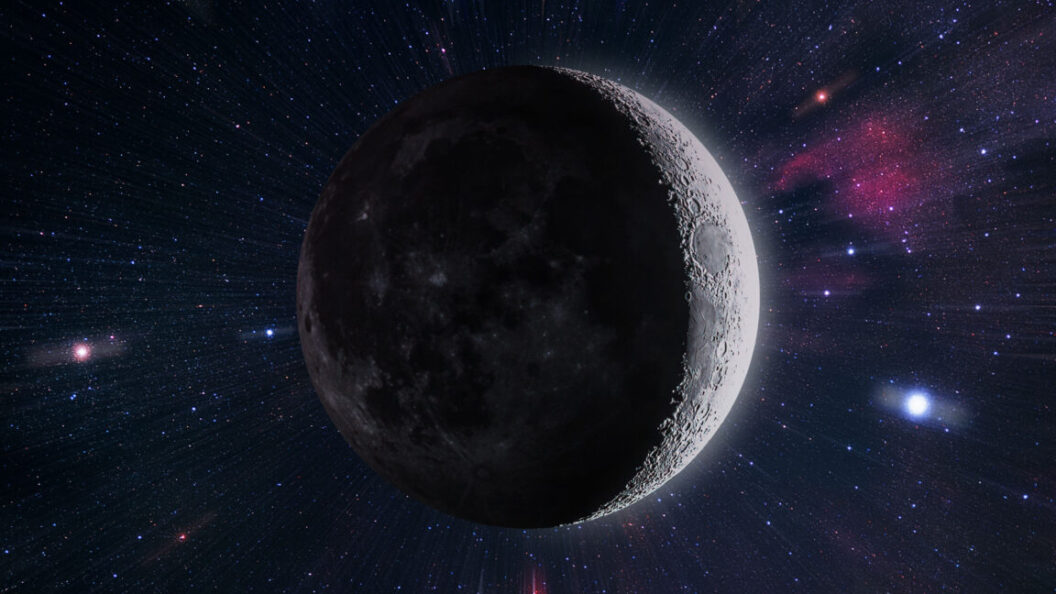Exploring the Cosmic Dark Ages: Unveiling the Early Universe’s Secrets
In the quest to understand the origins of the universe, astronomers have turned their attention to a period known as the "cosmic dark ages." This era, occurring within the first few hundred million years after the Big Bang, precedes the formation of stars and galaxies, making it a significant yet challenging target for observational astronomy. While the universe was largely devoid of light sources during this phase, researchers have identified neutral hydrogen as a key player in shedding light on this enigmatic epoch.
The Cosmic Dark Ages: A Brief Overview
The cosmic dark ages represents a time marked by the absence of luminous bodies in the universe. Before the emergence of stars and galaxies, the universe was composed of cold, neutral hydrogen, which, despite being abundant, did not emit light like the ionized hydrogen prevalent today. This neutral hydrogen plays a crucial role in our understanding of the early universe, acting as a reservoir of information waiting to be unlocked.
The Nature of Neutral Hydrogen
Neutral hydrogen consists of a single proton and a single electron. Each of these particles is described by a quantum property known as spin. In its fundamental state, the spins of the proton and electron align in opposite directions. However, due to random quantum fluctuations, the electron can occasionally flip its orientation. This spontaneous transition doesn’t last long; the system quickly returns to its original state, releasing energy in the form of a photon with a wavelength of 21 centimeters.
Though this quantum transition is relatively rare, its accumulation across vast clouds of neutral hydrogen results in significant astronomical signals. Observations of 21-cm radiation have been pivotal in mapping cold gas reservoirs within the Milky Way, revealing previously hidden structures in our galaxy.
21-cm Radiation and Its Importance
The cosmic dark ages, while often considered "dark," are illuminated by the emissions from clouds of primordial neutral hydrogen. These clouds, although existing over 13 billion years ago, emitted 21-cm radiation that serves as a beacon, providing critical insights into this early period of cosmic history.
As this radiation travels vast distances across the universe, it undergoes redshift due to the expansion of the universe. This phenomenon stretches the wavelength of the emitted photons, which can affect how we interpret the data collected by our telescopes. By studying these signals, astronomers aim to build a clearer picture of the conditions that prevailed before stars ignited the universe.
Challenges and Controversies
Despite the promise of studying 21-cm radiation, astronomers face considerable challenges. The faint signals from the cosmic dark ages blend into a cacophony of noise, making them difficult to detect. Additionally, the interpretation of the data can be fraught with uncertainties, including the effects of foreground emissions from our own galaxy.
Some scientists remain skeptical about the feasibility of gathering clear signals from the cosmic dark ages, arguing that the existing instruments may not be sensitive enough to capture these elusive emissions without considerable interference. Nevertheless, collaborations involving large arrays of radio telescopes are underway, aiming to refine techniques to detect and analyze the 21-cm signals more effectively.
Significance and Future Perspectives
Understanding the cosmic dark ages is vital for piecing together the timeline of cosmic evolution. The insights gained from studying neutral hydrogen and its 21-cm radiation could help address fundamental questions about the formation of the first stars and galaxies, the nature of dark matter, and the overall structure of the universe.
As observational technology advances, astronomers are hopeful that future discoveries will yield a clearer account of the universe’s infancy. By illuminating this previously obscure era, researchers may unlock answers to some of the most profound questions regarding our universe’s origins and evolution.
Conclusion: A Journey into the Unknown
The exploration of the cosmic dark ages highlights both the challenges and the potential rewards in understanding our universe’s early history. By deciphering the messages hidden within the 21-cm radiation emitted by neutral hydrogen, scientists not only aim to shine a light on the dark ages but also to enrich our comprehension of the cosmos. As efforts to capture and analyze these faint signals progress, they promise to offer a deeper understanding of the universe’s formation and the fundamental forces at play within it.









